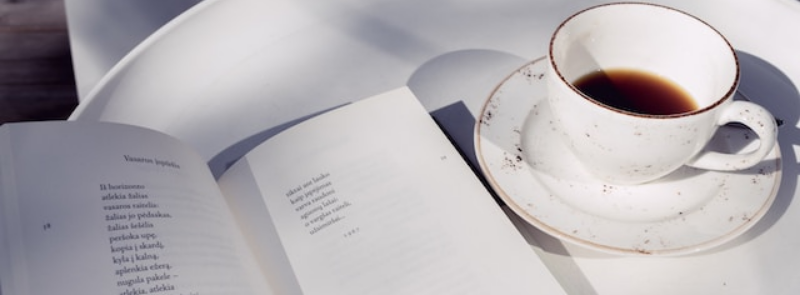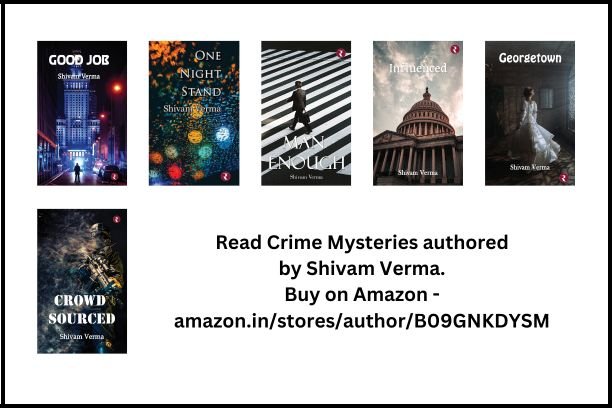
When It Occurs
Every May 12th
Timeline
Days Passed (885)
# Hashtags
#NationalLimerickDay #QuangleWangles
May 12th marks National Limerick Day, a celebration dedicated to honoring the individual who popularized these short poems—Edward Lear. An English poet recognized for his nonsensical style, Lear often crafted verses with invented words, weaving tales of "Quangle-Wangles" and "runcible spoons." Despite the typical rhyming rules of limericks, Lear's 212 creations often deviated in length, featuring three or four lines to accommodate his whimsical illustrations and drawings.
What is a Limerick?
A limerick is a five-line poem characterized by its distinct rhythmic and rhyming structure. The poem follows an AABBA rhyme scheme, where the first, second, and fifth lines rhyme with each other, and the shorter third and fourth lines form a rhyming pair. The rhythm of a limerick typically adheres to a pattern of three long syllables in the first, second, and fifth lines, and two in the third and fourth.
A classic example of a limerick is: "There once was a man from Peru,
Who dreamt he was eating his shoe.
He awoke with a fright,
In the middle of the night,
To find that his dream had come true."
Limericks are known for their humorous, often nonsensical content, making them perfect for playful expression.
History and Significance
National Limerick Day is tied to the legacy of Edward Lear, born on May 12, 1812, who helped make limericks famous through his literary work. Although the origins of limericks as a poetic form date back earlier, it was Lear’s publication that brought widespread attention to this quirky style of verse. His A Book of Nonsense contained many limericks and inspired generations of poets and writers to create their own. The name "limerick" itself is believed to have originated from an old Irish drinking song with a similar rhythm and structure.
While the day is not a public holiday, it is widely celebrated among poetry enthusiasts, schools, and literary communities across the UK and beyond. It is an opportunity for both children and adults to engage in the art of writing and reciting limericks.
How National Limerick Day is Celebrated in the UK
National Limerick Day is marked by various activities designed to inspire creativity, fun, and engagement with poetry. Some common ways to celebrate include:
1. Limerick Writing Competitions
Schools, community centers, and literary groups often host limerick-writing contests to celebrate the day. These competitions encourage participants to come up with their own funny and clever limericks. Themes for these competitions might include local history, animals, or even humorous takes on daily life.
2. Social Media Engagement
People share their favorite limericks or original creations on social media platforms like Twitter, Instagram, and Facebook using the hashtag #NationalLimerickDay. It’s a fun way to connect with others who enjoy the poetic form and to spread laughter across the internet.
3. Limerick Readings and Performances
Poetry clubs, libraries, and schools may host live limerick readings where participants can share their favorite verses, both classic and original. These events create a sense of community and often result in lots of laughter and entertainment. Sometimes, participants even perform the limericks dramatically to enhance their humor.
4. Edward Lear Appreciation
Many use National Limerick Day as an opportunity to learn more about Edward Lear and his contributions to literature. His nonsense poems, illustrated works, and limericks are often read and studied in schools on this day. Lear’s unique style of whimsical storytelling, coupled with his illustrations, continues to captivate audiences today.
5. Educational Activities
Teachers and educators often introduce children to the art of writing limericks by organizing classroom activities where students create their own. This helps young learners develop a love for language and poetry while also honing their creative thinking skills. For younger children, limerick-writing may be accompanied by drawing pictures to illustrate their poems.
6. Limerick Challenges
Many people partake in limerick challenges, where they are given a theme or prompt, and they must create a limerick around that subject. These challenges often revolve around current events, famous people, or humorous aspects of everyday life.
Fun with Limericks: Examples
Limericks are designed to be humorous and sometimes nonsensical, often making playful jabs or telling silly stories. Here are a few examples of limericks that capture the essence of this fun form of poetry:
Example 1: "There once was a lady from Leeds,
Who swallowed a packet of seeds.
In less than an hour,
Her nose was a flower,
And her head was a garden of weeds."
Example 2: "There once was a young man from Kent,
Whose money was all but spent.
He went to the store,
But found nothing more,
Than a penny he owed for the rent."
Edward Lear’s Influence
Edward Lear’s nonsense poetry had a significant impact on British culture, and his limericks continue to be beloved for their absurdity and charm. In addition to his limericks, Lear’s nonsense verse, like "The Owl and the Pussycat," has become a staple of English literature.
His work laid the foundation for modern-day celebrations of National Limerick Day, as well as a general appreciation for playful and humorous poetry. Lear’s limericks, which were often accompanied by his quirky drawings, have inspired numerous writers, poets, and humorists.
Conclusion
National Limerick Day in the United Kingdom is a day of creativity, laughter, and celebration of the limerick's unique place in British literary history. With its ties to Edward Lear, the day encourages people to engage with the lighter side of poetry, whether by writing their own limericks, reading classic examples, or participating in fun challenges and contests. Whether celebrated in schools, poetry groups, or online, National Limerick Day is a great opportunity to share in the joy of language, humor, and wordplay.


